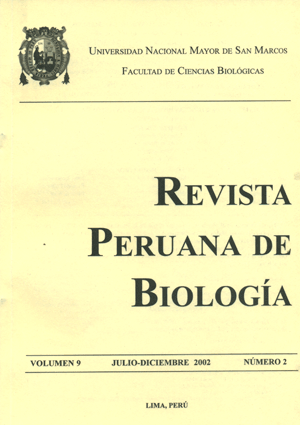Action of the myotoxin from Bothrops brazili Hoge, 1953 snake venom (Ophidia: Viperidae)
DOI:
https://doi.org/10.15381/rpb.v9i2.2526Keywords:
myotoxin, Bothrops brazili, snake venom, myonecrosisAbstract
The myotoxin isolated from the venom of the snake Bothrops brazili has been studied in its mode of action. In the first hour of activity the myotoxin injected in the gastrocnemius muscle of white mice, induces the release of creatine kinase and lactate dehydrogenase, while by PAGE-SDS, it is shown that the incubation of miotoxin with isolated gastrocnemius muscle releases other proteins from this tissue. Moreover myotoxin produces hipercontraction, delta lesions and increases the concentration of intramuscular calcium “in vivo” and “in vitro”, which does not depend on extracellular calcium entry through dyhidropyridine receptors. This increase of calcium would explain the hipercontraction observed. Also it could trigger the activation of endogenous proteases and lipases, which would lead to muscle necrosis.Downloads
Downloads
Published
Issue
Section
License
Copyright (c) 2002 Carmen Pantigoso, Enrique Escobar, Armando Yarlequé

This work is licensed under a Creative Commons Attribution-NonCommercial-ShareAlike 4.0 International License.
AUTHORS RETAIN THEIR RIGHTS:
a. Authors retain their trade mark rights and patent, and also on any process or procedure described in the article.
b. Authors retain their right to share, copy, distribute, perform and publicly communicate their article (eg, to place their article in an institutional repository or publish it in a book), with an acknowledgment of its initial publication in the Revista Peruana de Biologia.
c. Authors retain theirs right to make a subsequent publication of their work, to use the article or any part thereof (eg a compilation of his papers, lecture notes, thesis, or a book), always indicating its initial publication in the Revista Peruana de Biologia (the originator of the work, journal, volume, number and date).






